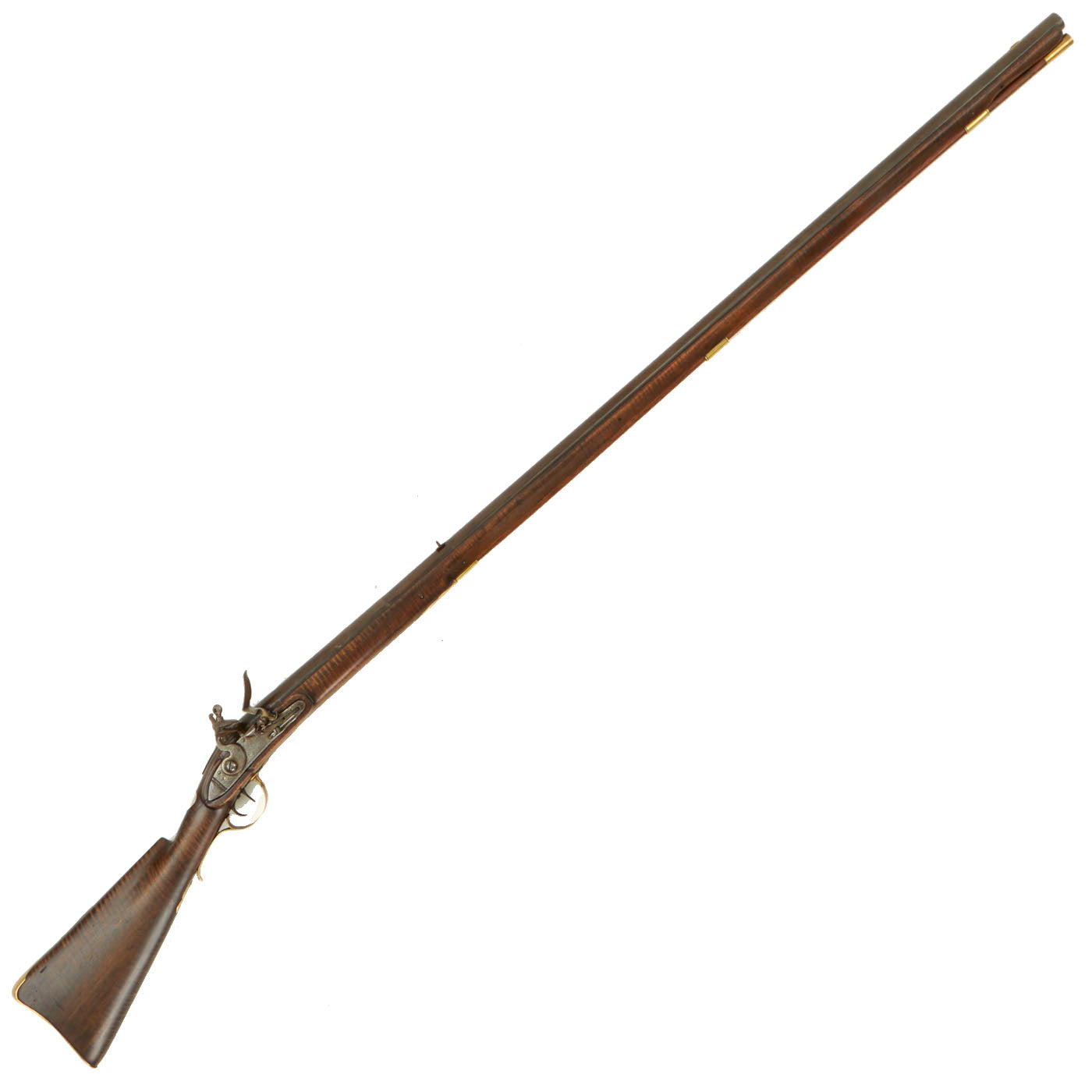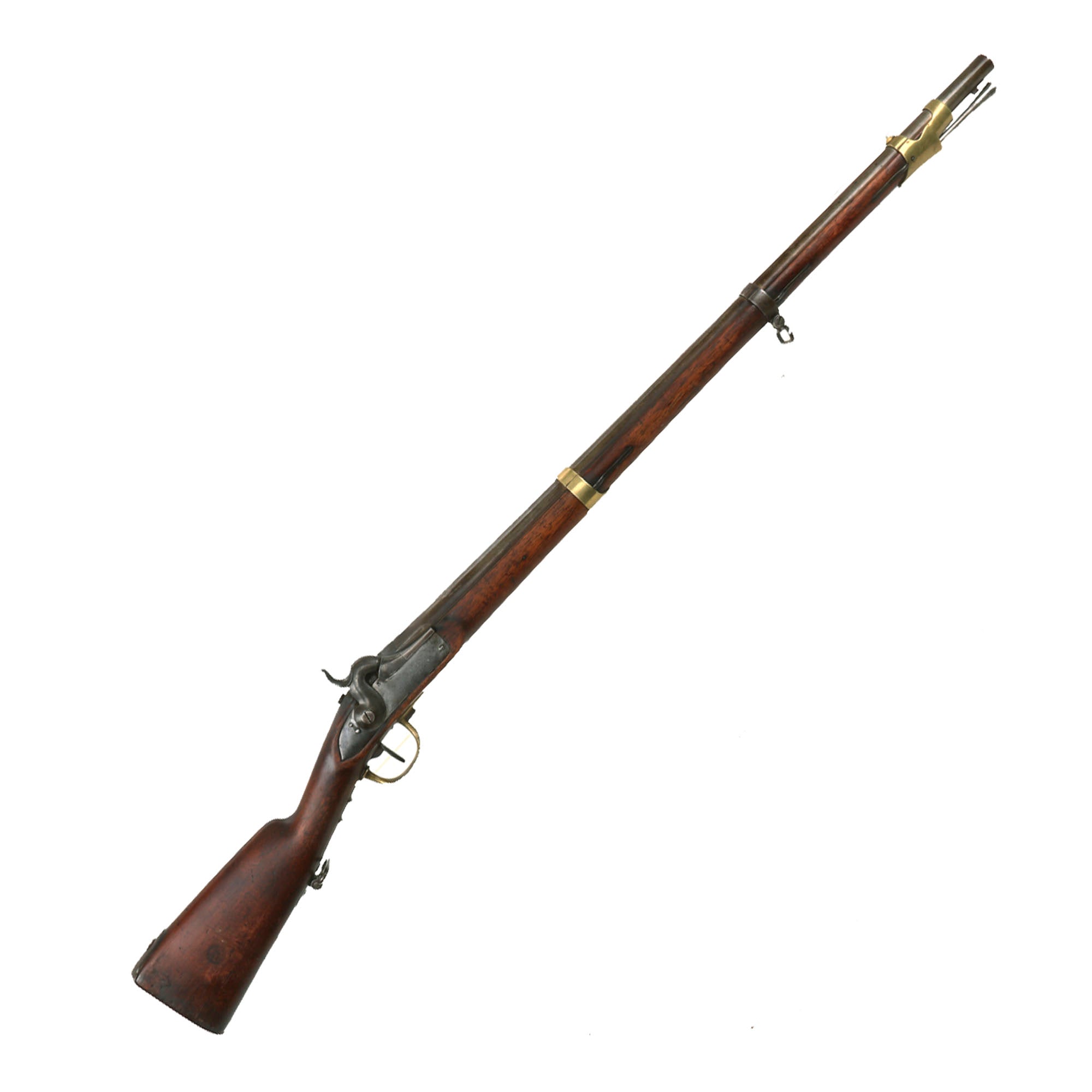The American Civil War (1861-1865) stands as a pivotal moment in military history. It is often referred to as the first modern war, not just for its political and social implications, but also for the revolutionary changes it brought to weaponry and military tactics. As we delve into this fascinating era, we uncover how innovations in technology transformed the battlefield, making it a brutal showcase of human ingenuity and tragedy.
Historical Overview of Weaponry Before the Civil War
Before the Civil War, warfare was dominated by the use of smoothbore muskets. These firearms, while common, had significant limitations. They were inaccurate and had a slow rate of fire. Soldiers often had to stand in tight formations, making them easy targets. However, the introduction of the Minié ball—a conical bullet that expanded upon firing—changed everything. This innovation allowed for greater accuracy and lethality, setting the stage for the advancements that would soon unfold.
Technological Innovations During the Civil War
The Civil War was a hotbed of technological innovation. The transition from smoothbore to rifled muskets was revolutionary. Rifled muskets, like the Springfield Model 1861, featured spiral grooves in the barrel, allowing for greater distance and accuracy. Coupled with the Minié ball, these weapons could hit targets from much farther away than their predecessors.
Moreover, repeating rifles, such as the Spencer and Henry models, emerged during this time. These firearms allowed soldiers to fire multiple rounds without needing to reload after each shot. Imagine the impact on battle tactics! Troops could engage the enemy from a distance, drastically increasing the casualty rates. The result was a shift in combat strategies, as commanders had to rethink how they deployed their forces.

Original Early 19th Century U.S. 10 Bore Flintlock Smoothbore
Key Figures and Manufacturers of Civil War Weaponry
Several key figures and manufacturers played vital roles in advancing weaponry during the Civil War. Notable inventors like Christopher Spencer and Benjamin Tyler Henry were instrumental in developing repeating rifles. Their contributions significantly altered the dynamics of warfare.
On the manufacturing side, companies such as Colt and Remington ramped up production to meet the demands of the war. The Confederacy, despite its disadvantages, made significant strides in establishing its own arms-manufacturing base. This effort highlighted the ingenuity and determination of both sides as they adapted to the changing landscape of warfare.
Tactical Evolution and Its Consequences
As weaponry evolved, so did military tactics. Traditional Napoleonic tactics, which relied on mass infantry charges, became increasingly ineffective against modern artillery and rifled weapons. The heavy casualties of battles like Gettysburg exemplified this shift. Commanders soon realized that new strategies were essential. Troops began to utilize cover, trenches, and fortifications to protect themselves from the devastating firepower of their opponents.
This tactical evolution was not without consequence. The war saw unprecedented loss of life and injury, leading to a profound reevaluation of military strategy. The need for innovative approaches became apparent, as commanders sought to minimize casualties while maximizing effectiveness on the battlefield.

Original U.S. 19th Century Kentucky Style Percussion Musket
Legacy of Civil War Weaponry on Modern Military Technology
The advancements made in weaponry during the Civil War have left a lasting legacy on modern military technology. The development of breech-loading and repeating firearms paved the way for future innovations. These advancements influenced the design of weapons used in subsequent conflicts, shaping the nature of warfare for generations to come.
Today, we see echoes of Civil War innovations in contemporary military strategies and technologies. The lessons learned from this tumultuous period continue to resonate, reminding us of the profound impact that technological advancements can have on warfare.

Original U.S. Civil War Era Swiss Model 1842 Smoothbore Percussion Musket
Conclusion
In conclusion, the American Civil War was not just a conflict over territory and ideology; it was a transformative period that reshaped military technology and tactics. The innovations in weaponry and the subsequent tactical evolution have had a lasting impact on how wars are fought today. As we reflect on this significant chapter in history, it’s essential to appreciate the complexities and consequences of the advancements made during the Civil War. This conflict set the stage for the modern era of warfare, forever altering the landscape of military engagement.
References:
Springfield Model 1842 – link
Original Early 19th Century U.S. 10 Bore Flintlock Smoothbore – link
Model 1816 Musket – link
Original U.S. 19th Century Kentucky Style Percussion Musket – link
Original U.S. Civil War Era Swiss Model 1842 Smoothbore Percussion Musket – link
Categories: Historical Context, Key Figures in Weapon Manufacturing, Legacy and Influence on Modern Military Technology, Tactical Changes in Warfare, Technological Advancements, War History
Tags: American Civil War, History, Military Technology, Tactics, Weaponry
Religion: None
Country of Origin: United States
Topic: American Civil War Weaponry
Ethnicity: American




